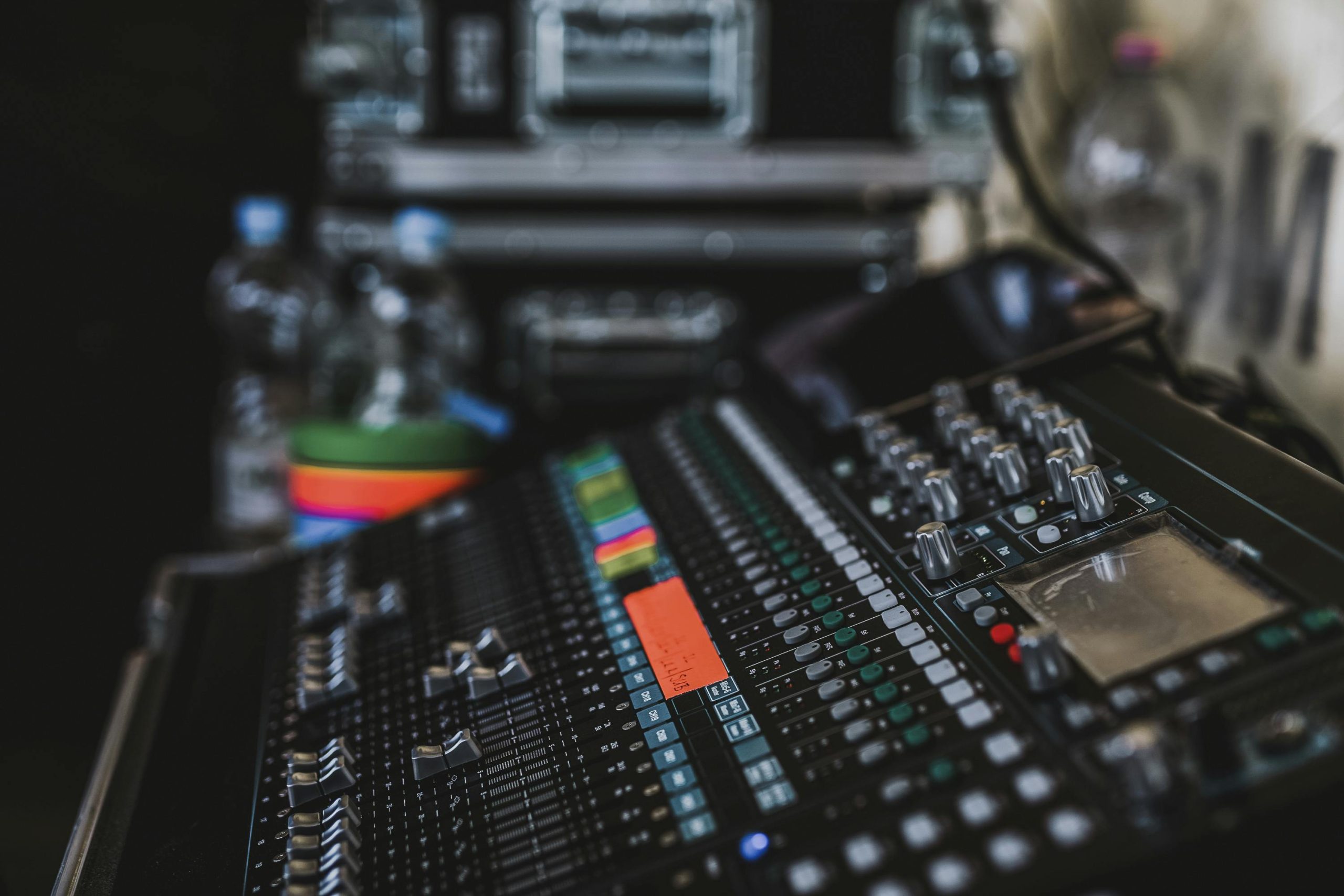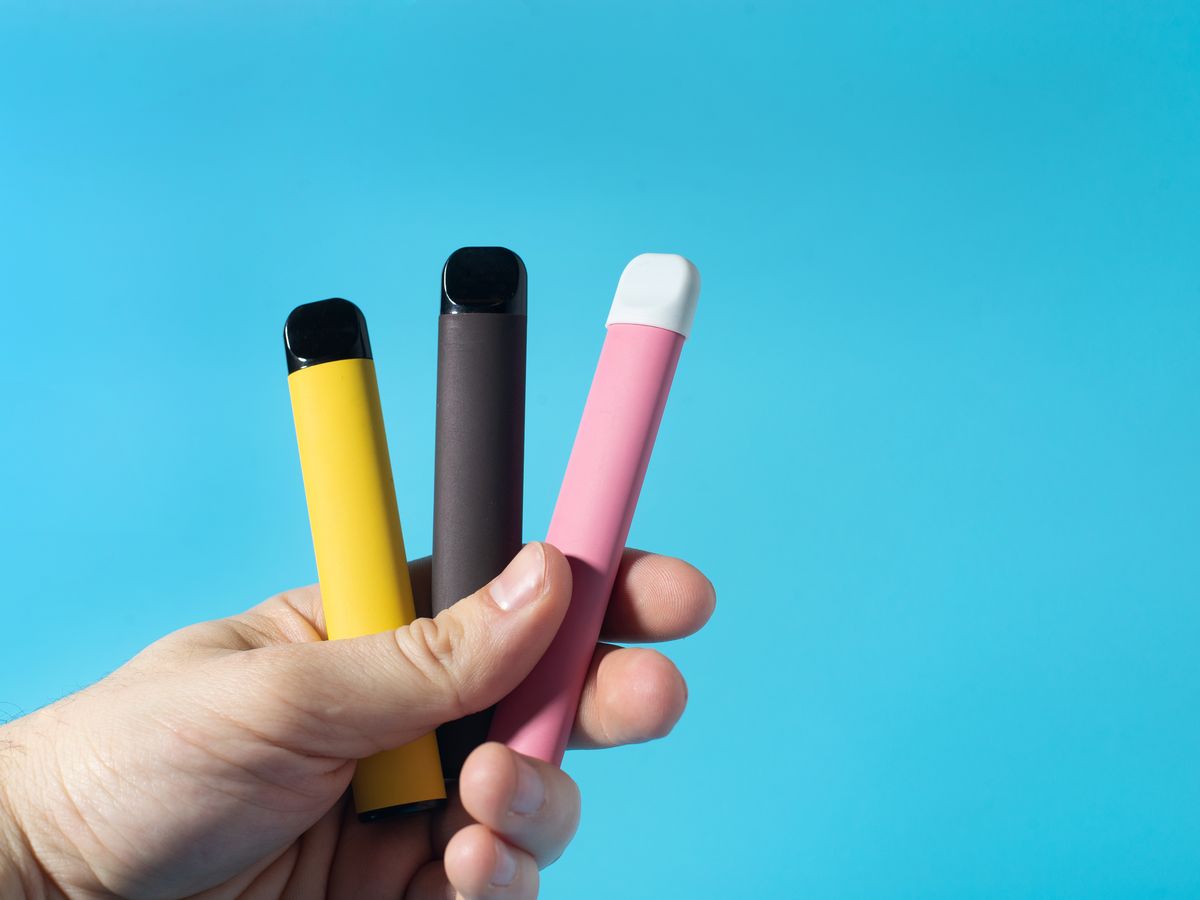In today’s saturated music landscape, getting your songs heard is more challenging than ever—especially for independent musicians. While talent and production matter, they aren’t enough on their own. This is where music pitching becomes a crucial skill. But effective music pitching isn’t just about sending your track to a hundred blogs or playlists. It’s about creating meaningful connections, understanding the platforms, and positioning your work authentically. For indie artists, mastering the art of music pitching can make the difference between obscurity and exposure.
What Is Music Pitching?
Music pitching is the process of submitting your music to industry gatekeepers—such as playlist curators, music supervisors, blogs, radio stations, and record labels—with the goal of getting featured, playlisted, or placed. While the concept might sound simple, music pitching involves careful strategy, timing, and personalization. Successful music pitching campaigns require artists to present their music in a compelling way that aligns with the recipient’s interests and audience.
Why Music Pitching Matters for Indie Artists
Indie artists often lack the resources of major labels, making music pitching a primary method for gaining visibility. With traditional media being harder to break into, streaming services and social media have created new opportunities for independent musicians to thrive. However, just uploading a song isn’t enough. Strategic music pitching helps place music in front of the right ears—whether that’s Spotify editorial curators, influencers, or YouTube channels.
For many indie artists, one successful music pitching effort can result in thousands of new listeners, valuable networking opportunities, and increased credibility within the industry.
The Foundations of Authentic Music Pitching
To execute effective music pitching, indie artists must start with the essentials:
1. Know Your Audience
Before you begin music pitching, identify who your music resonates with. Is your sound best suited for lo-fi hip hop playlists, indie rock blogs, or cinematic sync placements? Understanding your audience ensures that your music pitching is both targeted and relevant.
2. Craft a Strong Pitch Email
Your pitch needs to be concise yet compelling. Start with a brief introduction, include a personal touch, and explain why your track fits the platform. Avoid mass emails; personalization increases the likelihood of your music pitching efforts being taken seriously.
3. Provide the Right Assets
Make sure you include streaming links (not downloads), cover art, a short bio, and any press coverage you’ve already received. Professionalism is a key component of successful music pitching.
4. Timing Is Everything
Pitching your music too early or too late can hurt your chances. Most Spotify editorial playlists require a minimum of seven days’ notice before release. Align your music pitching timeline with your release schedule to maximize exposure.
Best Platforms for Music Pitching
There are numerous platforms where indie artists can execute their music pitching strategies. Here are some of the most effective:
- Spotify for Artists: Lets you pitch unreleased tracks directly to editorial teams.
- SubmitHub: Allows artists to pitch to blogs, influencers, and curators for a small fee.
- Groover: A platform for pitching music to industry professionals with guaranteed feedback.
- Playlist Push: Helps artists target playlist curators based on genre and mood.
Each of these platforms plays a different role in the music pitching ecosystem, so use them strategically based on your genre and goals.
Avoiding Common Music Pitching Mistakes
Even the best music can be overlooked if the music pitching is poorly executed. Here are some common pitfalls:
- Generic messages: Sending the same pitch to dozens of curators with no personalization.
- Lack of research: Not understanding the tone or taste of the person or platform you’re pitching to.
- Inadequate materials: Forgetting to include key links, bios, or professional photos.
- Spamming: Following up excessively or pitching too frequently without updating your approach.
Effective music pitching is about quality over quantity. Tailored, thoughtful pitches will always outperform mass submissions.
Building Relationships Through Music Pitching
Successful music pitching often leads to long-term relationships. When a curator or blog features your song, thank them. Stay in touch with industry contacts and support their work as well. These genuine interactions build trust and increase the chances of future support.
Remember, music pitching is not just a marketing tactic; it’s a networking tool. The more respect and professionalism you bring to the process, the better your results will be.
Evolving Your Music Pitching Strategy
The music industry is constantly evolving, and so should your music pitching strategy. Analyze which pitches are getting responses and which aren’t. Use that data to refine your emails, target different platforms, or update your press kit. Every release is an opportunity to sharpen your music pitching skills.
Consistency also matters. The more music you release—and the more thoughtful music pitching you do—the stronger your reputation becomes in the eyes of gatekeepers.
Conclusion
For indie artists, music pitching is not just a one-time task—it’s an ongoing art form that demands clarity, authenticity, and persistence. By mastering the fundamentals, avoiding common mistakes, and treating every pitch as an opportunity to build meaningful industry relationships, you can position your music for real, lasting exposure. The world is listening—but only if you pitch it right. With a deliberate and genuine music pitching strategy, your sound can reach the audience it deserves.




